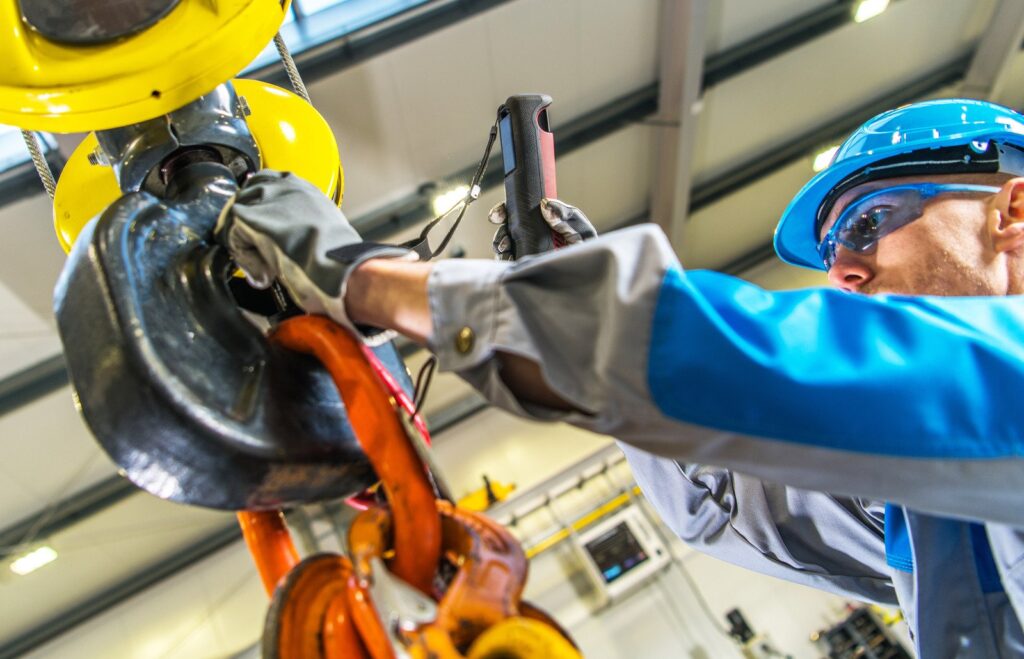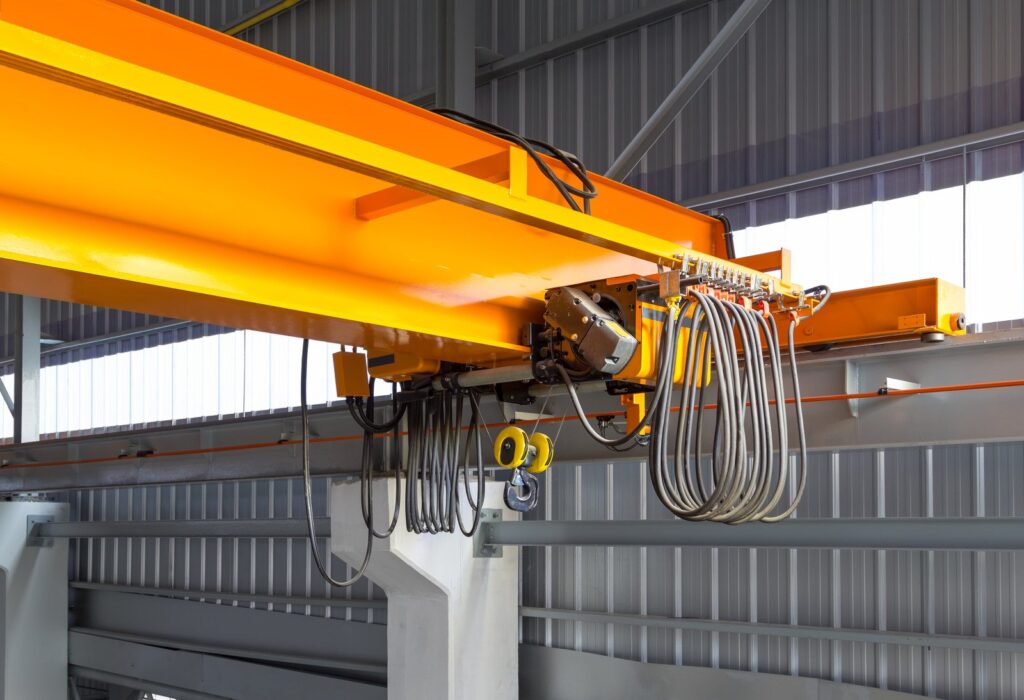How often to do maintenance checks on cranes and what they consist of!
What is a crane?
Overhead cranes are crane equipment. They are used, among others, in the steel industry, construction or manufacturing plants. They are used to transport materials that are usually heavy. Their mode of operation and use requires all systems and components of the equipment to be in good working order. The smallest fault or malfunction can result in the immobilisation of equipment and disruption to the work in progress. In order to avoid such situations, or to ensure that they do not occur frequently, the inspection of overhead cranes should be entrusted to proven professionals.
Overhead cranes are machines that are subject to technical supervision. They must only be used in accordance with their intended use and the instructions for use. Furthermore, it is the responsibility of the operator to ensure that the equipment is properly maintained.
How often to carry out maintenance checks on cranes?
The requirements for proper maintenance of equipment are described in two laws. The Ordinance of the Minister of Economy on the procedure for verifying the qualifications required for the operation and maintenance of technical equipment and the Ordinance of the Minister of Enterprise and Technology on the technical conditions for technical supervision in the operation, repair and modernisation of handling equipment.
The latter specifies the required frequency of maintenance inspections of the machinery. General-purpose cranes that are equipped with manual drive of all mechanisms should be maintained at least once every 3 months. Those with power drive and special purpose - not less than once every 30 days, unless the manufacturer has recommended more frequent maintenance.
Who can carry out maintenance inspections of cranes?
Maintenance inspections of cranes may only be carried out by persons who have the required UDT authorisations. All activities must be performed in accordance with the operating instructions and in accordance with the time limit. The activities performed during the inspection must be written down in the crane maintenance log.
Periodic inspection of the crane
During the periodic inspection of the crane, the min:
- Technical condition of the drive;
- Technical condition of tendons including their fixings;
- Correct operation of safety components;
- Correct operation of control, signalling and lighting equipment.
In addition, at each inspection the equipment is cleaned and its lubricants and oils are replenished. Any malfunctions in the equipment systems are also rectified. If major damage is detected, it is necessary for the maintenance technician to inform the operator of the faults that have occurred and that the crane may need to be taken out of service. This may be necessary to carry out major repairs.
If it is necessary to replace the safety devices of the lifting links, the lifting mechanism or the gripping devices, it will be necessary to pass the DT tests again.
The supporting structure of the crane should also be inspected at least once a year. Especially the welded and riveted connections and the fire protection installation.
Repair and overhaul
Comprehensive overhaul and repair of overhead travelling cranes enables the equipment to be kept in good working order. This will allow the cranes to be used without problems and efficiently. This will also minimise the risk of breakdowns or unfortunate accidents, which can prove costly.
Before overhauling an overhead crane, diagnostics are required every time. This should not be limited to rectifying faults reported by the customer.
The service should be used when:
- We want to extend the scope of the device's work;
- We want to increase the efficiency of the unit;
- The first signs of wear on the structural components of the crane are visible;
- The service life of the crane as stated by the manufacturer will expire;
- Changes are taking place in the current standards or regulations conditioning the use of cranes.



































